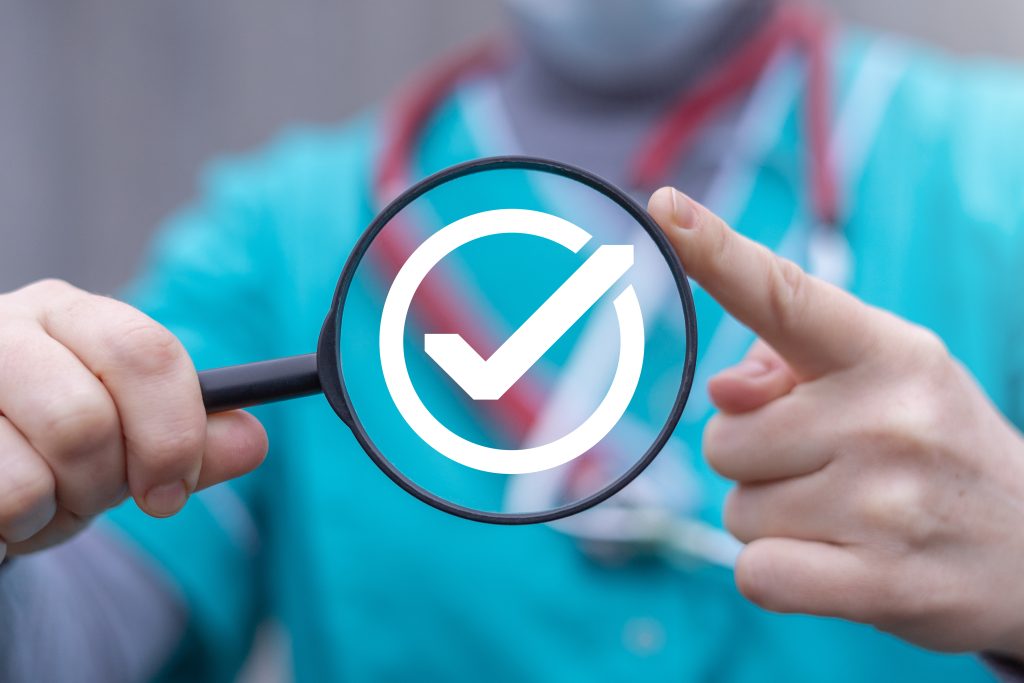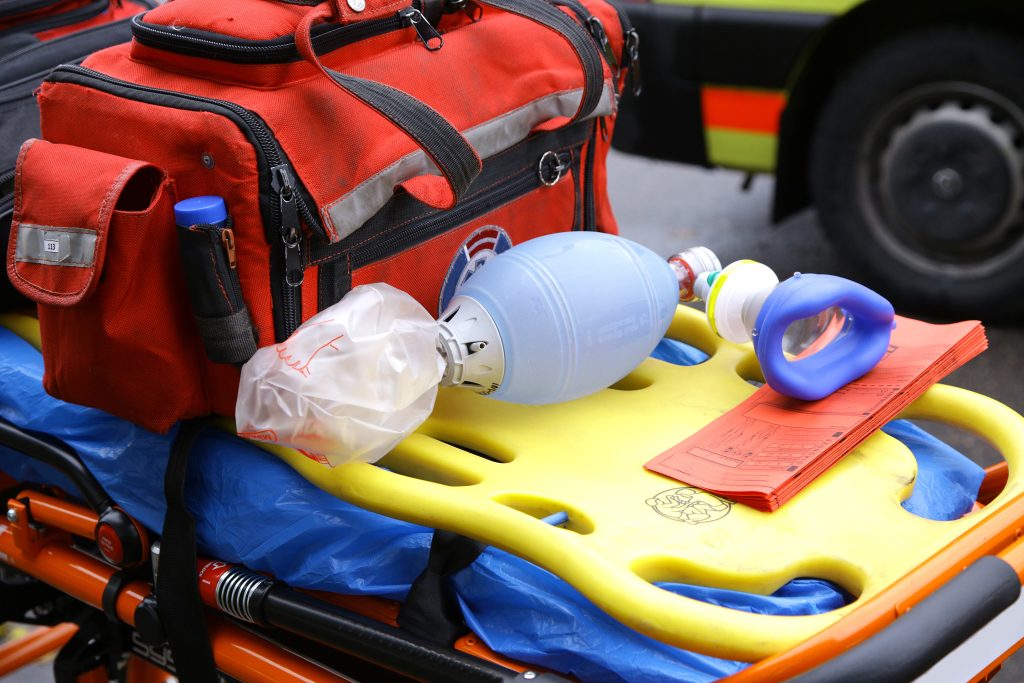EMSC Performance Measures
The EMSC Program performance measures are a set of STANDARDS that were developed to measure long-term progress at both state and national levels in the EMSC State Partnership Program in key areas of pediatric emergency care and readiness to treat pediatric patients.


The measures were developed in accordance with the Government Performance and Results Act (GPRA), a results-oriented approach that requires federal agencies to establish key indicators that guide decisions and monitor program success.
The ultimate goal of the EMSC Program’s performance measures is ensuring that every prehospital agency and hospital emergency department (ED) has the right equipment, supplies, medications, and training to provide high-quality emergency care for children – that they are pediatric ready.
The performance measures represent:
A systematic, uniform process of focusing and measuring program activities and promoting permanence of EMSC State Partnership programs at the state level.


Read more about the EMSC Program’s performance measures and how they were developed
Pediatric Readiness
Pediatric Readiness is an approach and mindset to ensuring that every prehospital agency and hospital emergency department (ED) has the right equipment, supplies, medications, and training to provide high-quality emergency care for children.
Every Child.
Every Day.
It is addressing system-level issues—policies, protocol and agreements, and not punishing individual people or teams—that truly reduces morbidity and mortality for ill and injured children.
The EMSC Program has made pediatric readiness a priority to their performance measures (EMS for Children Survey) and quality improvement initiatives (National Prehospital Pediatric Readiness Project – PPRP and National Pediatric Readiness Project – NPRP). As part of the quality improvement projects, assessment respondents are given immediate feedback in the form of a gap analysis report.

Data Collection
To support these Program priorities, EDC hosts the surveys and assessments, cleans and analyzes the data, and creates secure Tableau data dashboards of the results for each. All the surveys/assessments the EDC administers for the EMSC Program are NATIONAL data collections deployed on a statewide (like the EMS for Children Survey) or national level (like the NPRP Assessment). No matter how one of these survey/assessments is deployed, it is still a national one that funnels the data back into a central national database.
Because the data in these surveys/assessments are used for federal reporting, research, and quality improvement, they have to be approached in a scientific manner that assures data quality, comparability, and integrity.
If you are associated with an EMSC SP program (Program Manager or Project Director), check out each of these pediatric readiness projects to see how they are implemented, and your roles and responsibilities related to the data collection for each.
Resources & Marketing Materials
The EDC manages three primary data collection projects for the State Partnership (SP) EMSC Program:
- EMS for Children Survey
- PPRP Assessment
- NPRP Assessment
Each project has associated resources and marketing materials for EMSC Program Managers to use for planning, preparation, and promotion. You can find the resources and marketing materials for each of these surveys/ assessments on our website.

